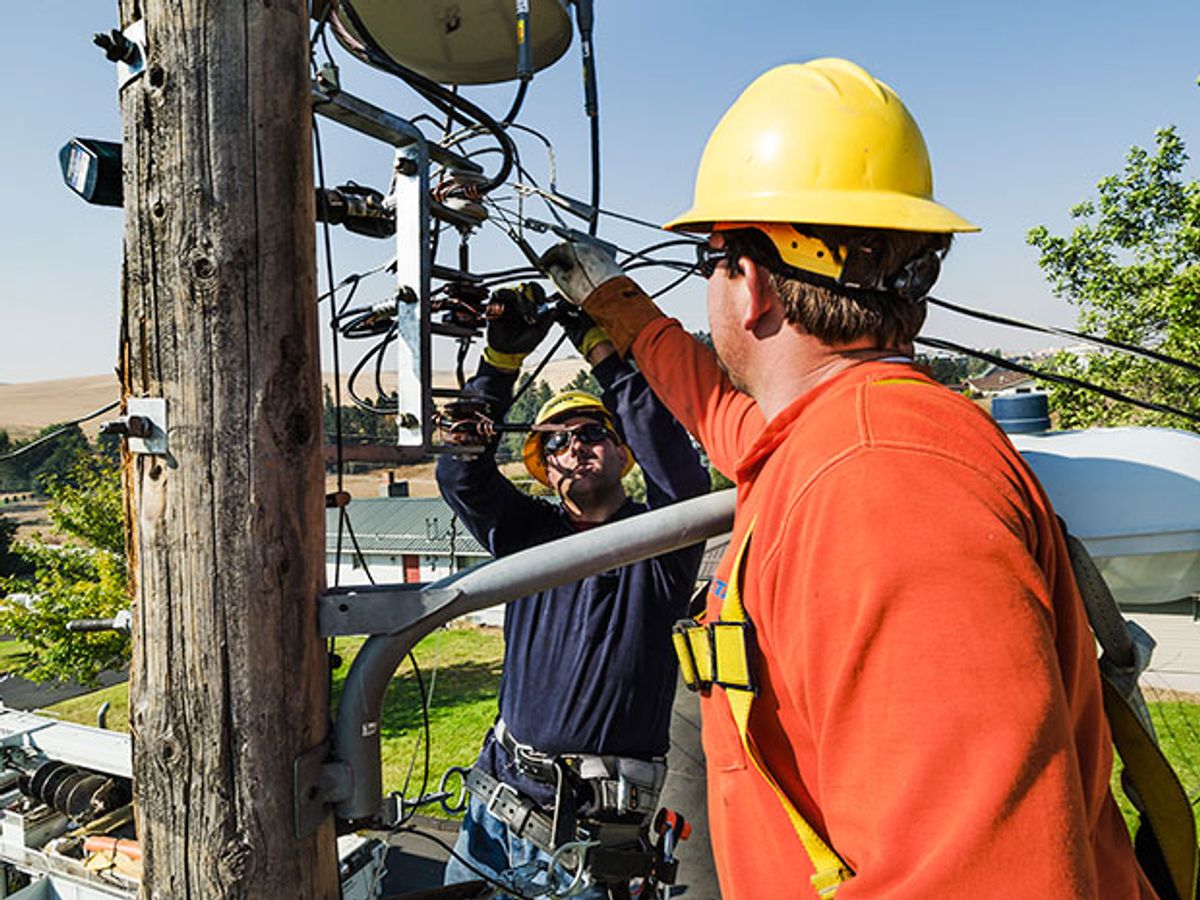For the past five years, a consortium of researchers, technology companies, and power utilities have been testing a novel power delivery system in the Pacific Northwest of the United States.
The Pacific Northwest Smart Grid Demonstration project was far reaching and had more than 50 experiments, but the most cutting edge was testing transactive controls for the power grid. The project was led by Battelle and funded by the U.S. Department of Energy.
Transactive control involves an automated communication and control system connecting energy providers and users, who constantly exchange information about price and availability of power. When an energy provider predicts a surge in power demand, and therefore also higher prices, for example, it sends out this information as “transactive signals” to the rest of the network, including users. Based on these signals, smart grid technologies can react, reducing power use at the right time. The goal is improving reliability and efficiency, allowing for more dynamic balancing of resources, especially in regions that rely on high levels of renewables.
In the Pacific Northwest, wind is the dominant intermittent renewable energy. The demonstration project sent transactive signals from the grid balancing authority to many utilities in the area. The utilities could then dispatch the signals to what are known as assets (everything from electric hot water heaters in homes to grid-scale batteries) connected to the network, and these could reduce consumption temporarily to avoid the higher energy prices and, more important, they’d collectively prevent demand from outpacing supply.
Every five minutes, signals were exchanged between the participants, (called transactive nodes) on the network. For the demonstration project, the signals used simulated models of the bulk generation in the region, including hydropower, wind, and thermal power. Each node competes based on its flexibility and ability to modify its load. “With this understanding,” the study found, “the distinction of source (as generation) versus load (as energy consumption) becomes less important.”
The five-year demonstration provides the beginning of a road map of what work remains if transactive control is ever going to become a reality. And there are plenty of challenges ahead. Prediction tools need to be better and the costs and benefit of everything from balancing wind and assessing demand charges need to be more granular.
On the hardware side, some smart meters could not deliver granular enough data to support the sort of dynamic trading of signals required for transactive controls. Communications systems were often inoperable. Some utility systems were not automated and required human intervention to dispatch events. And some battery vendors said their batteries should not be charged and discharged more than once per day.
Since the start of the project, some systems have already evolved, including smart thermostats, distributed energy resource management systems, and battery controls systems. In other words, as smart grid technology improves, transactive control becomes more feasible.
Unlike some other regions, however, the Pacific Northwest does not have a structured electricity market that would lend itself to building a transactive control network. Instead, most power is purchased through bilateral agreements, so the region did not have the kind of price signals that exist in other electricity markets in the United States, such as PJM Interconnection.
Even with the limitations of the demonstration, the project found that the incentive signals led to “meaningful responses relative to the resource information used in the informed simulation.”
With further modeling by IBM, the simulation showed that if nearly one third of the region’s loads were responsive to the transactive system, the its peak load could be cut by about 8 percent.
For any aspect of transactive control to gain hold, it will take unprecedented coordination between utilities, grid operators, and third-party vendors. Once groups find a way to work together, they will then have to largely get out of the way of the technology.
The largest controllable loads still rely on human control, which often “limits the availability and reliability of the assets’ responses,” the report stated. “A key to the successful application of transactive systems is the use of automation to coordinate the decision making and action of the responsive assets.”



